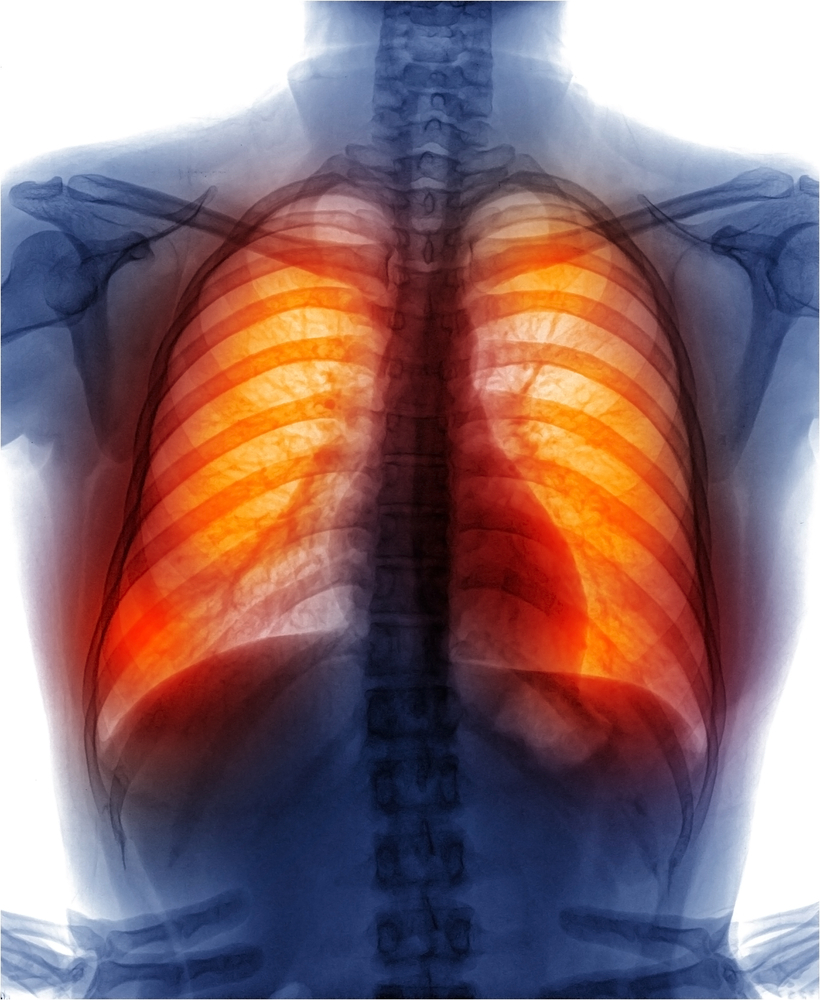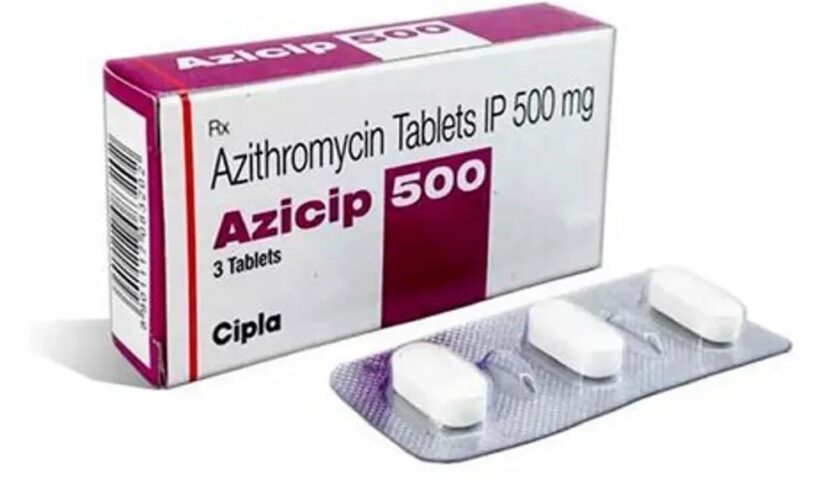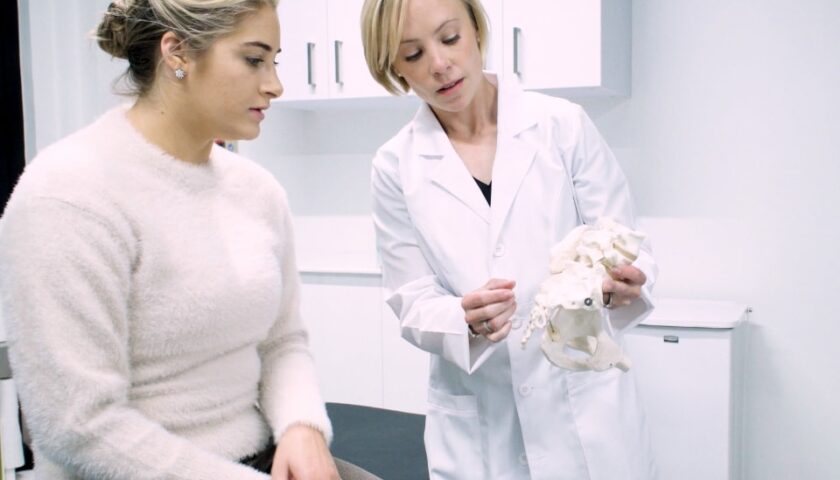When it comes to pulmonary embolism, most people are aware of the potential dangers associated with lung blood clots. Saddle pulmonary embolisms, however, are a particularly severe and life-threatening form of pulmonary embolism. Our comprehensive blog discusses the symptoms of saddle pulmonary embolism, its causes, diagnosis, treatment, and the critical importance of early intervention.
Understanding Pulmonary Embolism
Before we dive into saddle pulmonary embolism, let’s establish a foundational understanding of pulmonary embolism (PE). A PE occurs when a blood clot, typically formed in the deep veins of the legs (a condition known as deep vein thrombosis or DVT), breaks free and travels to the lungs, obstructing one or more pulmonary arteries. This blockage disrupts blood flow to the affected part of the lung, leading to a range of symptoms and potentially life-threatening complications.
PE can vary in severity, depending on the size and location of the clot. While smaller emboli may cause mild symptoms or go unnoticed, larger or multiple emboli can have dire consequences. It is within this spectrum that we encounter saddle pulmonary embolism.
Defining Saddle Pulmonary Embolism
A saddle pulmonary embolism, or a central pulmonary embolism, is a particularly critical form of PE. It gets its name from the location of the clot—affecting the central pulmonary artery, which divides into the left and right pulmonary arteries, resembling a saddle.
As a result of its potential to block both branches of the pulmonary artery simultaneously, this type of embolism can be life-threatening. The obstruction can lead to severe symptoms, including a rapid and dramatic decrease in oxygen levels, making it a medical emergency that requires immediate intervention.
Causes of Saddle Pulmonary Embolism
Saddle pulmonary embolisms share their primary cause with other forms of PE: blood clots. These clots most commonly originate in the deep veins of the legs, although they can also develop in other parts of the body. Several factors can contribute to the formation of these clots, including:
Venous Thromboembolism (VTE)
This term encompasses both DVT (deep vein thrombosis) and PE. Saddle embolisms can be caused by clots that form in the legs or other deep veins.
Prolonged Immobilization
Extended periods of immobility, such as long flights or bed rest after surgery, can increase the risk of blood clots.
- Surgery
Major surgeries, particularly those involving the lower extremities or pelvis, can elevate the risk of clot formation.
- Cancer
Certain types of cancer and cancer treatments can make individuals more susceptible to clotting.
- Pregnancy
Pregnancy increases the risk of clot formation due to changes in blood composition and venous pressure.
- Hormone Therapy
Birth control pills and hormone replacement therapy can affect blood clotting factors and potentially increase the risk of clots.
- Genetic Factors
In some cases, individuals may have an inherited predisposition to clotting disorders.
It’s important to note that while these factors can elevate the risk of clot formation, not everyone exposed to these risk factors will develop a saddle pulmonary embolism.
Symptoms of Saddle Pulmonary Embolism
Recognizing the symptoms of a saddle pulmonary embolism is crucial for early diagnosis and intervention. The signs and symptoms can be severe and may include:
- Sudden Shortness of Breath
Individuals may experience rapid and severe breathlessness, often described as feeling like they can’t catch their breath.
- Chest Pain
Sharp, stabbing chest pain that worsens with breathing is a common symptom. This pain may be localized or spread across the chest.
- Coughing
Coughing may occur, often accompanied by bloody sputum (hemoptysis).
- Rapid Heart Rate
An increased heart rate (tachycardia) is typical as the body tries to compensate for reduced oxygen levels.
- Low Blood Pressure
A saddle PE can cause a drop in blood pressure (hypotension), leading to dizziness or fainting.
- Cyanosis
As oxygen levels plummet, the lips, nails, and skin may appear bluish or grayish (cyanosis).
- Syncope
In severe cases, a saddle PE can result in syncope (fainting) due to the insufficient supply of oxygen to the brain.
The combination of these symptoms can be life-threatening, emphasizing the need for immediate medical attention.
Diagnosis of Saddle Pulmonary Embolism
Given the critical nature of saddle pulmonary embolisms, prompt and accurate diagnosis is essential. Healthcare providers employ various diagnostic tools and tests to confirm the presence of a saddle PE, including:
- Computed Tomography Angiography (CTA)
This imaging technique involves injecting a contrast dye into the bloodstream to highlight the pulmonary arteries while performing a CT scan. It is a highly effective method for detecting pulmonary embolisms.
- Ventilation-Perfusion (V/Q) Scan
This test evaluates lung function and blood flow, helping to identify areas of the lung with reduced or blocked blood supply.
- Blood Tests
D-dimer tests measure the presence of a substance released when a blood clot breaks up. Elevated levels of D-dimer can indicate the possibility of a clot.
- Echocardiogram
An echocardiogram may reveal signs of strain on the right side of the heart, a condition often associated with severe pulmonary embolisms.
- Chest X-ray
Although less specific than other tests, a chest X-ray can help rule out other conditions and provide a general overview of lung health.
Treatment of Saddle Pulmonary Embolism
The treatment of a saddle pulmonary embolism is a medical emergency, and the primary goal is to restore blood flow to the lungs and prevent further complications. Treatment strategies commonly include:
- Anticoagulant Medications
Blood-thinning medications, such as heparin and warfarin, are typically administered to prevent the clot from growing and to reduce the risk of further clots.
- Thrombolytic Therapy
In severe cases, thrombolytic (clot-dissolving) therapy may be employed to break down the clot rapidly. This treatment is reserved for situations where the patient’s condition is extremely critical.
- Embolectomy
In some instances, surgical removal of the clot (embolectomy) may be necessary, particularly if other treatments are ineffective.
- Inferior Vena Cava (IVC) Filter
For individuals with a high risk of recurrent clots, an IVC filter may be implanted to prevent clots from reaching the lungs.
Prognosis and Long-Term Considerations
The prognosis for individuals with saddle pulmonary embolisms depends on several factors, including the size and location of the clot, the timeliness of treatment, and the patient’s overall health. Prompt medical attention and appropriate treatment can significantly improve outcomes.
Following a saddle PE, individuals require ongoing anticoagulant therapy to prevent further clot formation. Lifestyle modifications, such as regular exercise and measures to prevent deep vein thrombosis, may also be recommended to reduce the risk of recurrence.
Conclusion
Saddle pulmonary embolism is a life-threatening condition that demands immediate medical attention. However, understanding the causes, symptoms, diagnosis, and treatment for saddle PE is vital for healthcare professionals and the general public. While it is a severe and potentially fatal condition, prompt intervention can significantly increase the chances of a positive outcome.
When it comes to recognizing and addressing potentially life-threatening conditions like saddle pulmonary embolism, swift action is paramount. If you or someone you’re acquainted with is exhibiting symptoms such as sudden onset of shortness of breath and chest pain, it is crucial to immediately seek emergency medical care. Early intervention can be the key to saving lives and preventing complications associated with this critical form of pulmonary embolism. The specialized care provided at Lung and Sleep Disorder Clinic can make a significant difference in effectively diagnosing and treating such conditions, ensuring the best possible outcome for patients.
ALSO READ; Being Able to Feel an Unimaginable Amount of Suffering





